1. Hershey, Pennsylvania
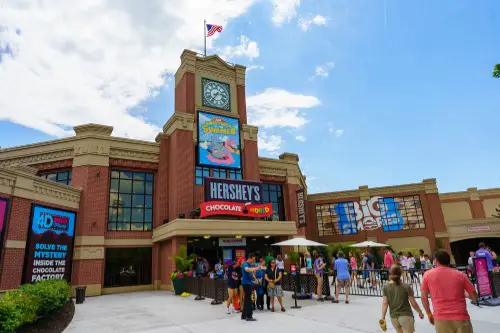
Milton Hershey didn’t just make chocolate—he built an entire town to support his factory workers. Hershey, Pennsylvania was created in the early 1900s and came complete with public schools, parks, a trolley system, and cultural amenities like a theater and amusement park, according to Encyclopædia Britannica. Hershey envisioned a utopian community that blended work, family, and leisure. His goal was to provide a high quality of life while cultivating loyalty to the company.
This approach made the town unique, as it avoided many of the darker aspects of typical company towns. Workers could buy their homes, and the community was open and inviting. To this day, Hershey still carries the legacy of its chocolate-fueled beginnings, with the company and town closely linked. It’s one of the few company towns that continues to thrive well beyond its industrial roots.
2. Pullman, Chicago, Illinois
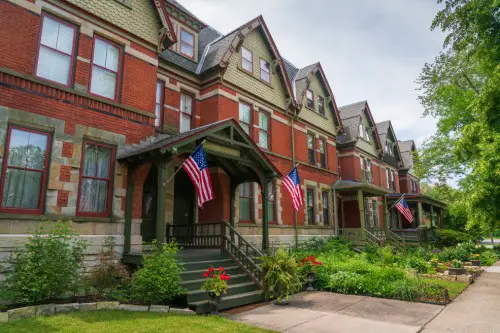
Pullman wasn’t just a neighborhood—it was a meticulously planned model town built in the 1880s by George Pullman for his railcar factory workers, according to the National Park Service. It had everything: houses, shops, schools, a library, and even a hotel, all designed to reflect order and harmony. Pullman genuinely believed that a clean, attractive environment would lead to happier, more productive workers. At its peak, it was hailed as a social experiment in industrial capitalism.
But the idealism didn’t last long. After a wage cut and no corresponding drop in rent during the 1894 Pullman Strike, the town became a symbol of corporate control gone wrong. The federal government even had to step in to quell the strike. Still, Pullman remains one of the most famous examples of a company town in American history.
3. Kohler, Wisconsin
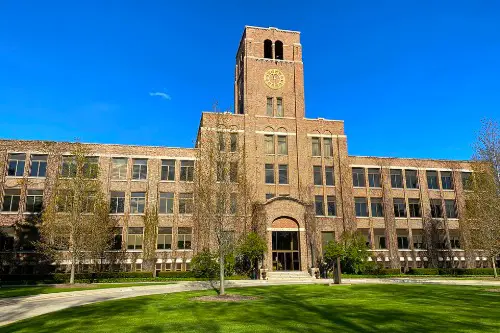
Founded in 1900 by the Kohler Company, this village was built to house workers producing the company’s now-famous plumbing products, according to Thomas Broman from Wisconsin 101. Walter J. Kohler wanted to create more than just housing—he aimed to build a beautiful, cohesive community that elevated everyday living. Homes were stylish, landscaping was deliberate, and a civic center hosted cultural activities. It felt more like a well-funded suburb than a traditional company town.
The company’s influence on the village is still felt today, with Kohler remaining the largest employer. Residents have access to amenities like the American Club resort and world-class golf, a testament to the town’s unique design. It’s a rare example of a company town that evolved into a desirable and independent community. Kohler proves that industrial beginnings don’t always mean grim outcomes.
4. Scotia, California
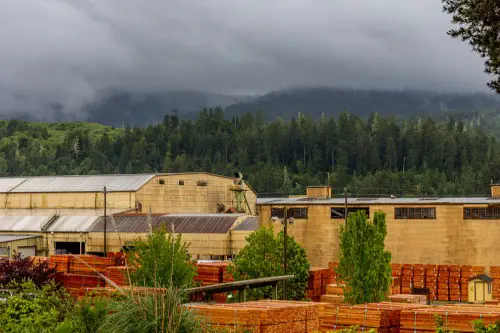
Tucked into Northern California’s redwood forests, Scotia was built in the 1880s by the Pacific Lumber Company to house its logging workforce, according to Michael Waters from The New Yorker. The town included everything from housing to a hospital, school, and company-run stores—all owned and operated by the company. Logging was dangerous and remote work, so providing a full-service town helped attract and retain workers. For years, Scotia operated as one of the last true company towns in the country.
Things began to change in the early 2000s when the lumber industry declined and the company declared bankruptcy. Scotia started selling homes to residents and slowly transitioned into a more traditional town. Still, its origins as a self-contained, company-owned enclave are deeply ingrained in its culture. It’s a living museum of America’s logging history.
5. Graniteville, South Carolina
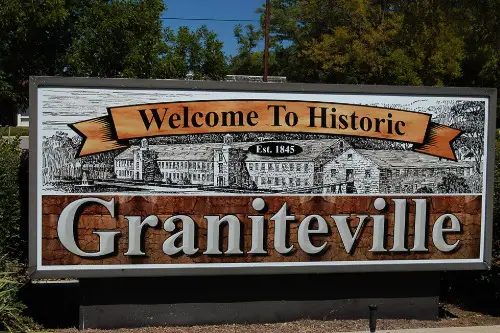
Graniteville was founded in the 1840s by William Gregg, a textile industrialist who believed in the power of a stable, educated workforce. The town was built around the Graniteville Mill and featured cottages, a school, and even a church—all part of Gregg’s vision for a balanced life, according to Lisa Goff from the University of California Press. He wanted to show that Southern manufacturing could be efficient and humane. At the time, this was a radical departure from typical Southern economic models.
Graniteville thrived for decades and is considered one of the earliest Southern textile mill towns. Though the mill eventually closed in the early 2000s, the town still exists with many original structures standing. Its influence helped shape the future of Southern industrialization. Gregg’s experiment in workforce-centered living left a long legacy.
6. Homestead, Pennsylvania
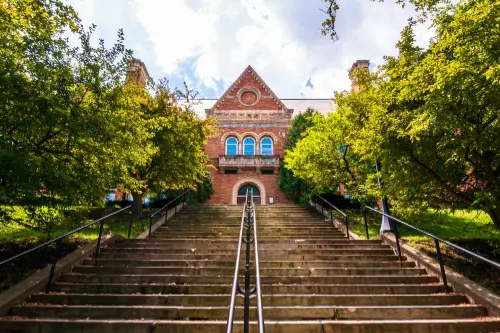
Built in the shadow of Andrew Carnegie’s steel empire, Homestead became the heart of industrial America in the late 19th century. The Carnegie Steel Company constructed housing for workers near its massive Homestead Works. The neighborhood included boarding houses, stores, and social halls designed to serve the growing workforce. Immigrant laborers from around the world flooded in, drawn by jobs and a chance at a better life.
But the town is also remembered for the violent 1892 Homestead Strike, a pivotal moment in U.S. labor history. The clash between steelworkers and Pinkerton agents exposed deep tensions in the company-town model. Although Homestead has since changed, remnants of its steel-producing past still dot the landscape. It serves as both a symbol of industrial strength and a cautionary tale.
7. Mountain Iron, Minnesota
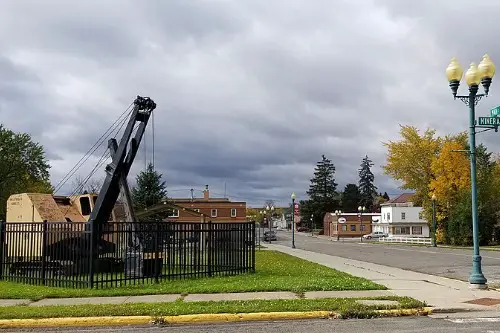
Founded in the late 1800s, Mountain Iron was developed by the Oliver Iron Mining Company to support operations on the Mesabi Iron Range. Workers mined taconite and lived in housing provided by the company, which also supplied stores, utilities, and even fire protection. It was one of many towns that sprouted up in northern Minnesota to service the booming mining industry. Life was rough, but the company town model offered some stability.
Over time, Mountain Iron became incorporated and more independent. The mining industry still plays a role in the area, though the town has diversified since its early days. You can still find traces of its origin in the layout and old buildings. It’s a great example of how company towns helped develop rural America.
8. Gary, Indiana
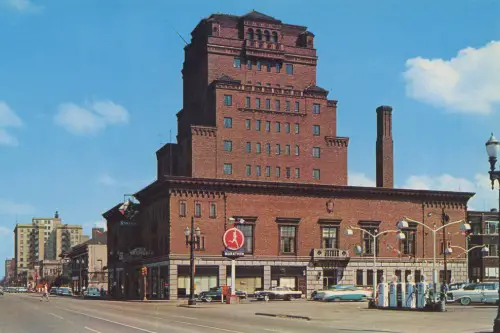
Gary was founded in 1906 by U.S. Steel and named after its chairman, Elbert H. Gary. The company built the city from scratch to support the massive Gary Works steel mill, including thousands of homes, schools, and even theaters. Designed as a modern industrial city, Gary drew workers from across the country and abroad. It quickly grew into one of the most important steel-producing areas in the world.
But the decline of American steel hit Gary hard. As the mills slowed and jobs vanished, so did the resources that had once supported the community. Gary has struggled with population loss and economic hardship, but its roots as a purpose-built company city are unmistakable. It’s a poignant example of how fortunes rise and fall with industry.
9. Alcoa, Tennessee
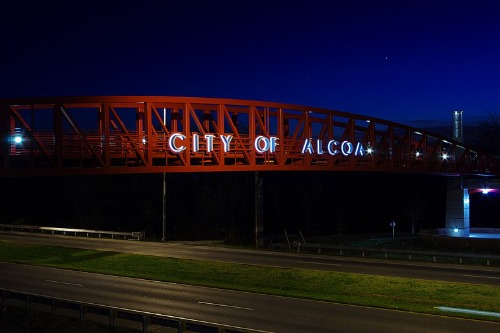
Founded in 1919 by the Aluminum Company of America, Alcoa was built to house workers operating the company’s aluminum smelting and processing plants. The town featured planned neighborhoods, schools, and a civic infrastructure funded by the company. It was designed to be a model of industrial efficiency and community health. The town’s name itself comes directly from the company—Aluminum Company of America.
Even after the company scaled back, Alcoa remained a functioning city with its own government and identity. Many of the original homes and facilities are still in use. The town adapted over time, but its history is inseparable from the aluminum industry. Alcoa is one of the more successful examples of a company town that lasted.
10. Roebling, New Jersey
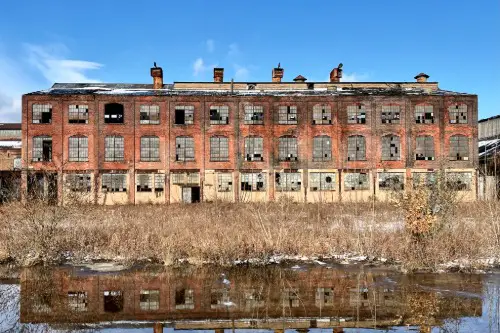
This small community was developed in the early 1900s by the Roebling family—yes, the same ones behind the Brooklyn Bridge cables. They built the town to house workers at their steel and wire mill along the Delaware River. The town had a grid layout, company-built homes, and even a firehouse and theater. Everything was designed to support efficient production and good living conditions.
Roebling was unique in that it retained a sense of dignity and craftsmanship in its design. While the factory closed in the 1970s, the town remains intact, with its industrial heritage preserved in museums and local culture. Walking through Roebling feels like stepping back in time. It’s a charming, if quiet, tribute to the industrial boom.
11. Cañon City, Colorado (Colorado Fuel & Iron Housing)
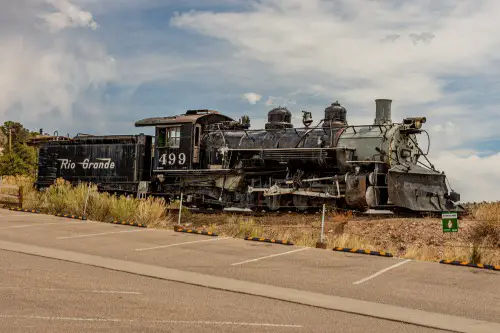
In the early 1900s, the Colorado Fuel & Iron Company developed neighborhoods in and around Cañon City to house coal miners and steel workers. Homes were often basic, but included access to utilities, schools, and sometimes medical care, all provided by the company. Living close to dangerous jobs in mining and steel was common, so the housing offered some convenience and community. This arrangement helped attract a steady workforce to a remote area.
Eventually, labor unrest and changing economies shifted the company’s role in the region. While the company no longer provides housing, many of the neighborhoods remain, often retaining their original architecture. The legacy of CF&I is still visible in the layout of the town and its buildings. It’s a quieter but real example of a company shaping daily life.
12. Sunflower Village, Kansas
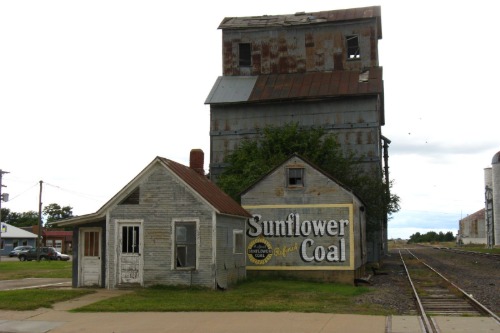
Sunflower Village was built during World War II to house workers at the Sunflower Ordnance Works, a massive munitions plant near De Soto, Kansas. The government and contractors created a self-contained town with housing, schools, stores, and recreational facilities. At its peak, thousands of workers and their families lived there, supporting the war effort with round-the-clock labor. The town was built fast and functional to meet the demands of wartime production.
After the war, the plant was decommissioned, and the town’s population declined sharply. Much of the original infrastructure was dismantled or repurposed. Today, very little remains of Sunflower Village except for a few foundations and memories. It’s a fascinating footnote in the story of American wartime industry.
13. Bath, Maine (Bath Iron Works Housing)
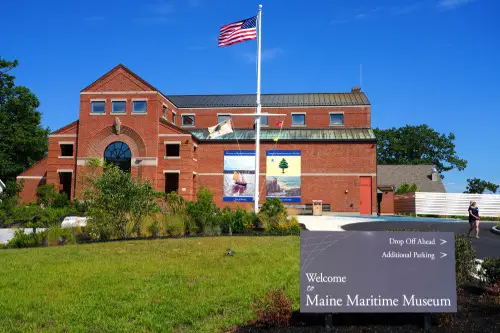
Bath, Maine is home to Bath Iron Works, a major shipbuilding company that’s been operating since the 1880s. As the company expanded, it built housing for its growing workforce, including rows of duplexes and boarding houses near the shipyards. These homes were modest but close to the shipyard, giving workers easy access to long and physically demanding shifts. Some of the neighborhoods were even nicknamed things like “Boiler Alley” and “Rivet Row” because of their connection to specific trades.
Over time, many of the company-owned homes were sold off to private owners. But the legacy of Bath Iron Works is still deeply woven into the town’s identity—many residents today are descendants of those original shipbuilders. The compact, working-class neighborhoods near the shipyard still reflect the rhythms of industrial life. Bath is a living example of how shipbuilding shaped not just the economy, but also the layout and character of a town.
14. Manchester Village, Connecticut
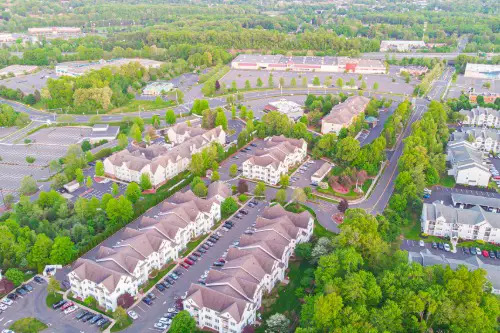
Developed by the Cheney Brothers Silk Company in the 19th century, this village was built to support a thriving silk mill operation. The company provided brick homes, a library, and schools, as well as social clubs and recreational spaces. It wasn’t just about housing—it was about creating a full life for workers and their families. Manchester became one of the most prosperous textile mill towns in New England.
The decline of the silk industry eventually led to changes in the town’s economic base. Today, the historic district preserves many of the original homes and buildings. Manchester’s Cheney legacy is still evident in its layout and community pride. It remains one of the best-preserved examples of a textile-based company town.
15. Lowell, Massachusetts
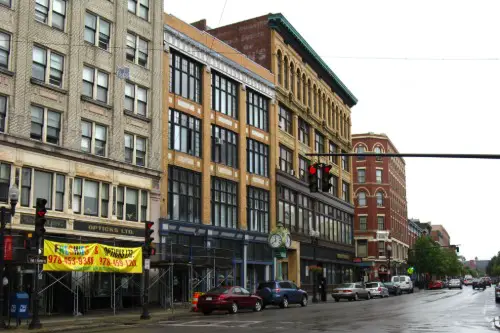
Lowell was one of the first planned industrial cities in the U.S., developed in the early 19th century to house textile workers in the booming mills. The “Lowell system” included dormitory-style boarding houses, churches, and schools—many staffed or overseen by the mill owners. The workers, mostly young women known as the “Lowell Mill Girls,” lived under strict rules but found rare opportunities for education and independence. This model became a blueprint for future industrial development.
Over time, the mills closed and Lowell’s economy changed, but its history is carefully preserved. Today, the city is home to a national historical park that celebrates its industrial past. Visitors can still see original mill buildings and workers’ housing. Lowell stands as the archetype of America’s early company town experiment.


